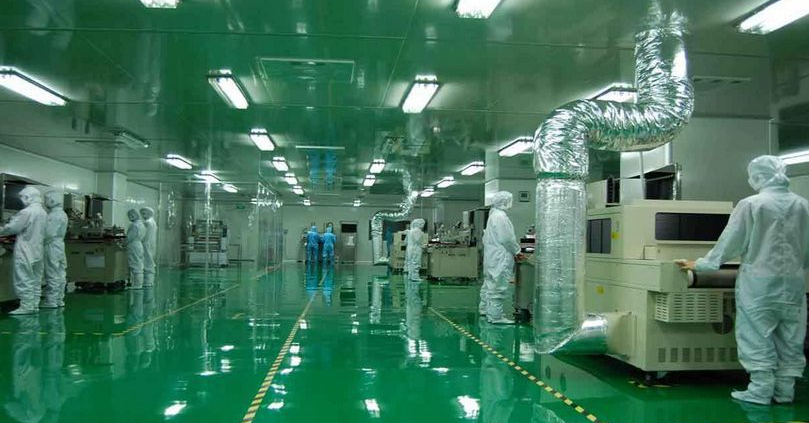What is clean room?
A clean room is a controlled environment where the concentration of airborne particles is minimized to reduce contamination. It is a highly specialized space that is used in a variety of industries, including pharmaceuticals, electronics, aerospace, and biotechnology. The purpose of a clean room is to prevent particles and other contaminants from affecting the production process or final product, thus ensuring the quality and consistency of the end result.
The concept of a clean room was first introduced in the 1960s, when the semiconductor industry began to require a controlled environment for their manufacturing processes. The need for clean rooms has since expanded to other industries, and today, clean rooms play a crucial role in many high-tech and scientific fields.
The standard and design of clean room
The basic principles of a clean room are straightforward. Airborne particles are generated by human activity, equipment, and processes, and these particles can negatively impact the final product. A clean room is designed to minimize the concentration of particles in the air by controlling the flow of air and using filters to remove contaminants. The cleanliness of a clean room is monitored using particle counters, and the level of contamination is classified according to international standards, such as the Federal Standard 209E or ISO 14644-1.
The design of a clean room is critical to its effectiveness. The walls, floor, and ceiling must be made of smooth, non-shedding materials that are easy to clean. Lighting must be carefully controlled to minimize the introduction of particles, and a controlled air flow system must be in place to ensure that contaminated air is exhausted and replaced with clean air. Specialized HEPA (High Efficiency Particulate Air) filters are used to remove particles from the air, and the number and size of the filters used will depend on the level of cleanliness required.
Why do we need a clean room?
One of the most important aspects of a clean room is the control of human activity. People are the largest source of particles in a clean room, so strict protocols must be in place to minimize their impact. Visitors and workers must follow strict gowning procedures, which may include the use of a gown, gloves, booties, and a hood. In addition, workers must be trained in proper clean room techniques and procedures, such as avoiding the use of cosmetics, not eating or drinking in the clean room, and minimizing movement.
Clean rooms are used in a variety of industries, each with its own unique requirements. For example, in the pharmaceutical industry, clean rooms are used for the manufacture of sterile products, such as injectable drugs and medical devices. In the electronics industry, clean rooms are used for the manufacture of semiconductors and other electronic components, where even a small particle can cause a defect in the final product. In the aerospace industry, clean rooms are used for the assembly of spacecraft, where contamination from particles can affect the performance of sensitive equipment. In the biotechnology industry, clean rooms are used for the production of vaccines and other biologics, where contamination can have serious health consequences.
The maintenance and cleaning of a clean room is critical to its performance. Clean rooms must be regularly cleaned and disinfected to maintain their level of cleanliness. Cleaning procedures must be detailed and precise, and the cleaning staff must be properly trained. In addition, equipment and processes must be regularly inspected and validated to ensure that they are not introducing particles into the clean room.
The cost of clean rooms
The cost of building and maintaining a clean room can be substantial, it depends on several factors, including the size of the room, the level of cleanliness required, and the type of equipment and materials used.
For example, a small, Class 100 clean room, which is suitable for basic laboratory work, may cost around $20,000 to $30,000 to construct. A larger, Class 10 clean room, which is suitable for more advanced research and development work, can cost upwards of $100,000 to construct.
The cost of operating a clean room also needs to be considered. This includes the cost of maintaining the room’s cleanliness, as well as the cost of replacing and upgrading equipment over time. Additionally, personnel who work in clean rooms must wear special protective clothing, which can be expensive to purchase and replace.
In conclusion, the cost of a clean room can range from several thousand dollars to several hundred thousand dollars, depending on the level of cleanliness required and the size of the room. It’s important to carefully consider all of the costs associated with a clean room before making an investment, in order to ensure that the benefits outweigh the costs.




Leave a Reply
Want to join the discussion?Feel free to contribute!